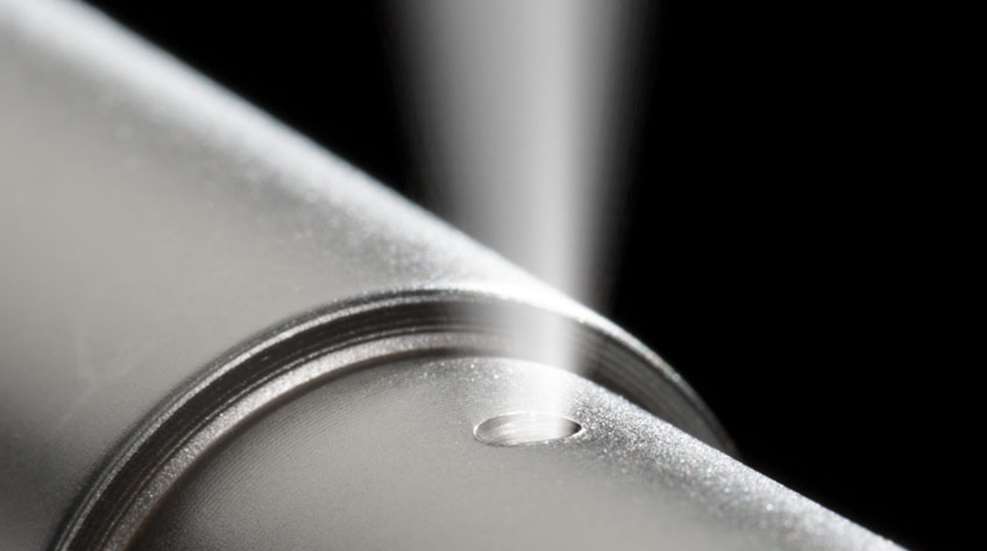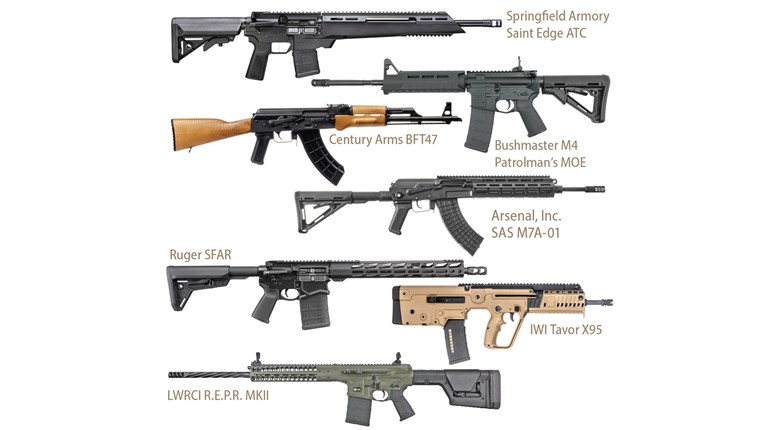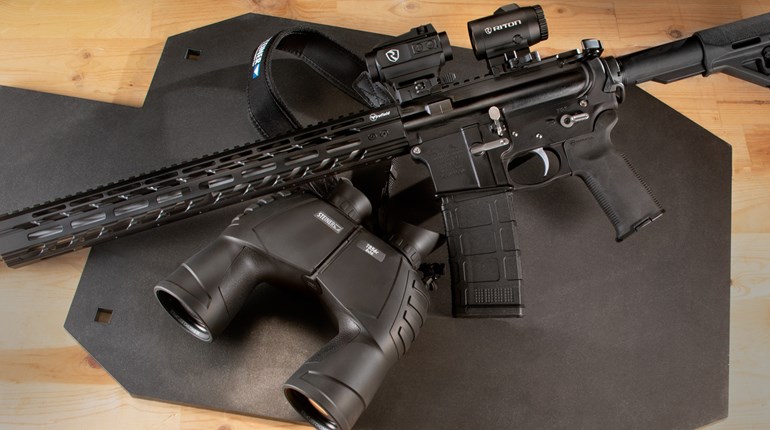
A recent conversation with a fellow rifle enthusiast reminded me that most of the interesting thoughts passing through my head originate elsewhere. My friend wondered how much muzzle velocity he would lose by choosing a gas-ported, semi-auto, centerfire rifle instead of a bolt-action gun of the same chambering and barrel length. I had to admit this was a subject to which I gave very little thought over the years. The back of my mind simply assumed that whatever velocity differences may exist between ported and non-ported barrels probably were not significant enough to worry about. My rationale was not based on technical testing, but rather my recollection of having the same elevation and windage “dope” for issued, 20-inch-barreled, 7.62 NATO-chambered bolt-action and semi-automatic sniper rifles a few too many moons ago.
It turns out there are some folks claiming that porting—be it for a gas system or for recoil control—cuts a rifle’s muzzle velocity enough to hamstring semi-automatics at long range. I can definitely see that for barrels with numerous ports, such as those used to reduce velocities to subsonic levels, like the Heckler & Koch MP5 SD. But it was hard to envision a singular port having much effect at all. However, that does not mean my friend’s question was not worth trying to answer.
After all, if it’s true that a non-ported barrel provided a significantly faster muzzle velocity, extreme-long-range shooters would indeed be well-served to stick to turnbolts for serious work. Even if the difference was less pronounced—say on the order of 50 to 75 fps more velocity with a non-ported barrel—then a case could be made to at least cut off a rifle’s gas port temporarily. Turning one’s semi-automatic into a straight-pull action when velocity trumps follow-up shot speed could be a useful tool in one’s bag. My interest was sufficiently piqued that I decided to run a simple velocity test in hopes of answering my friend’s question.
I used three, direct-impingement AR rifles equipped with SLR Rifleworks’ excellent low-profile, adjustable gas blocks for my test. SLR’s click-adjustable blocks have 15 settings that range from fully closed to wide open. My evaluation methodology was entirely unscientific. I fired three, 10-round strings through each rifle on fully closed, half open (eight clicks) and fully open (15 clicks) gas settings, measuring muzzle velocity for all strings with the help of a MagnetoSpeed chronograph. The following chart details how the 10-round group averages stacked up for each gun:
6.5 Grendel, 18-inch barrel, button-rifled, 1:8-inch twist, mid-length gas, .099 gas port
Ammunition American Eagle 90-grain JHP
Fully closed 2,865 fps
Half open 2,853 fps
Fully open 2,837 fps
Total spread from fully closed to fully open -28 fps
6.5 Creedmoor, 20-inch barrel, button-rifled, 1:8-inch twist, rifle-length gas, .093 gas port
Ammunition Federal Premium 140-grain Fusion SP
Fully closed 2,642 fps
Half open 2,654 fps
Fully open 2,671 fps
Total spread from fully closed to fully open +29 fps
.308 Win., 16-inch barrel, button-rifled, 1:10-inch twist, rifle-length gas, .106 gas port
Ammunition Prvi Partizan 155-grain HPBT
Fully closed 2,633 fps
Half open 2,639 fps
Fully open 2,641 fps
Total spread from fully closed to fully open +8 fps
I hesitate to draw any conclusions from such a limited test, but a couple points stand out. The first is how small the total spreads are from full gas to no gas at all. Regardless of whether there was a net gain or loss, the differences are not enough to have much impact downrange. Using the numbers from the only rifle to have a higher mean velocity with a closed port (6.5 Grendel), closing the gas port would only reduce drop at 800 yards by about 7 inches and drift from a 10 mph full-value wind by approximately 2 inches. That is not enough to cause me to come off of the gun, adjust my gas block to fully closed, and then resume shooting in hand-cycle mode. It is also not enough to convince me that I would be better served by a turnbolt rifle in any sort of dynamic fighting environment.
The second thing I notice is that the 6.5 Grendel also had the greatest distance between its gas port and muzzle. Its 18-inch barrel extended 8.25 inches beyond the gas port, while the Creedmoor’s barrel extended 6.75 inches and the shorter .308 Win. barrel—which had the least variation—measured just 4.875 inches in this dimension. Variations in bullet designs, powders, barrel manufacturing, port sizes and other key factors make the above numbers fairly anecdotal.
While it seems that my suspicions may have been correct, the only real conclusion I draw is better testing is needed to be sure. My inquisitive side wants to make a test barrel with multiple, sealable ports along its length to test for firmer conclusions. But, my rational (and often lazy) side tells me to follow my instincts, trust what I see downrange and just focus on trying to shoot well.






































